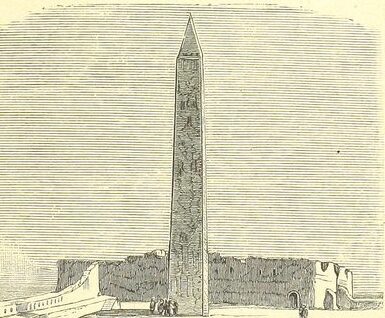Hypatia of Alexandria
Philosophers of Alexandria
The brilliant Hellenic Neoplatonist, philosopher, astronomer and mathematician Hypatia (350/370–415), who combined free-thinking and the idea of pure living. Hypatia, history’s first female mathematician, constructed improved models of astrolabes and hydrometers and left a body of work and essays that was built upon by René Descartes (1596–1650), Gottfried Wilhelm Leibniz (1646–1716) and Isaac Newton (1642–1727).[i]
 There was a triangular conflict involving the Nicene Bishop Cyril (376–444), who became patriarch (pope) of Alexandria in 412; Orestes, the Praefectus Augustalis[1] of the Diocese of Egypt; and Alexandrian Jews, many of whom were expelled by Cyril after they clashed with his clergymen. These troubles culminated in the violent murder of Hypatia.
There was a triangular conflict involving the Nicene Bishop Cyril (376–444), who became patriarch (pope) of Alexandria in 412; Orestes, the Praefectus Augustalis[1] of the Diocese of Egypt; and Alexandrian Jews, many of whom were expelled by Cyril after they clashed with his clergymen. These troubles culminated in the violent murder of Hypatia.
There is a widely held belief among historians that Cyril planned Hypatia’s murder due to her influence on Orestes, who – like many aristocrats, Christians and Hellenes – considered her his ‘divine guide’ into the realm of philosophical and cosmic mysteries. Such knowledge at the time was condemned by Christians like Cyril as ‘paganism’. His followers ambushed Hypatia in her chariot, stripped her naked, dragged her into the Caesareum and murdered her[i]. She became ‘Philosophiae Martyris’.[ii] The fourth-and fifth-century conflict was also a power struggle between Cyril and Orestes, who kept himself close to both Hypatia and her Hellene followers, and the Jews of Alexandria.
[i] On murder of Hypatia see: Watts, Edward, J., City and School in Late Antique Athens and Alexandria, University of California Press, Los Angeles, 2006 PP 114-5, some historians reported that Christian monks were involved in Hypatia’s murder, Kaplow quoted several sources , Lauren, Religious and Intercommunal Violence in Alexandria in the 4th and 5th Centuries AD, The McGill Journal of Classical Studies Vol IV, McGill University, Montreal 2005 PP 15-18
[ii] Whitfield, Bryan J., ‘The Beauty of Reasoning: A Reexamination of Hypatia of Alexandria’, Mathematics Educator, 6 (1), 2016 PP 14-20
[1] Augusta Perfect was a unique title; the highest rank within the empire of governor of a crown domain which had a more illustrious rank than pervious vicarius as both crown and religious. The Diocese of Egypt encompassed what is now Libya and most of Palestine.
[1] Augusta Perfect was a unique title; the highest rank within the empire of governor of a crown domain which had a more illustrious rank than pervious vicarius as both crown and religious. The Diocese of Egypt encompassed what is now Libya and most of Palestine.
[i] Watts, Edward, J., City and School in Late Antique Athens and Alexandria, University of California Press, Los Angeles, 2006 PP 114-5, 197-198, 200, 2008, ; Dzielska, Maria, Hypatia of Alexandria (translated by Lyra, F.), Harvard University Press, Boston, MA and London, 1996. PP 18, 26, 55, 67, 98,141
Beside Hypatia there were large number of philosophers who contributed to the body of knowledge forming western civilisation today. He father Theon of Alexandria the mathematician (335–405 AD); Euclid, the father of geometry (325–265 BC); and Callimachus of the Bibliotheca Alexandrina (305–240 BC).
The works of the Alexandria School of Medicine, mathematicians, and philosophers – especially the Neoplatonists, like Hierocles of Alexandria, Hypatia and Philo of Alexandria – were unearthed by Renaissance philosophers ( see Iversen, Erik, The Myth of Egypt and Its Hieroglyphics in European Tradition, Gec Gad Publishers, Copenhagen, 1961, pp. 88–9, 124–45, 150–3.)
